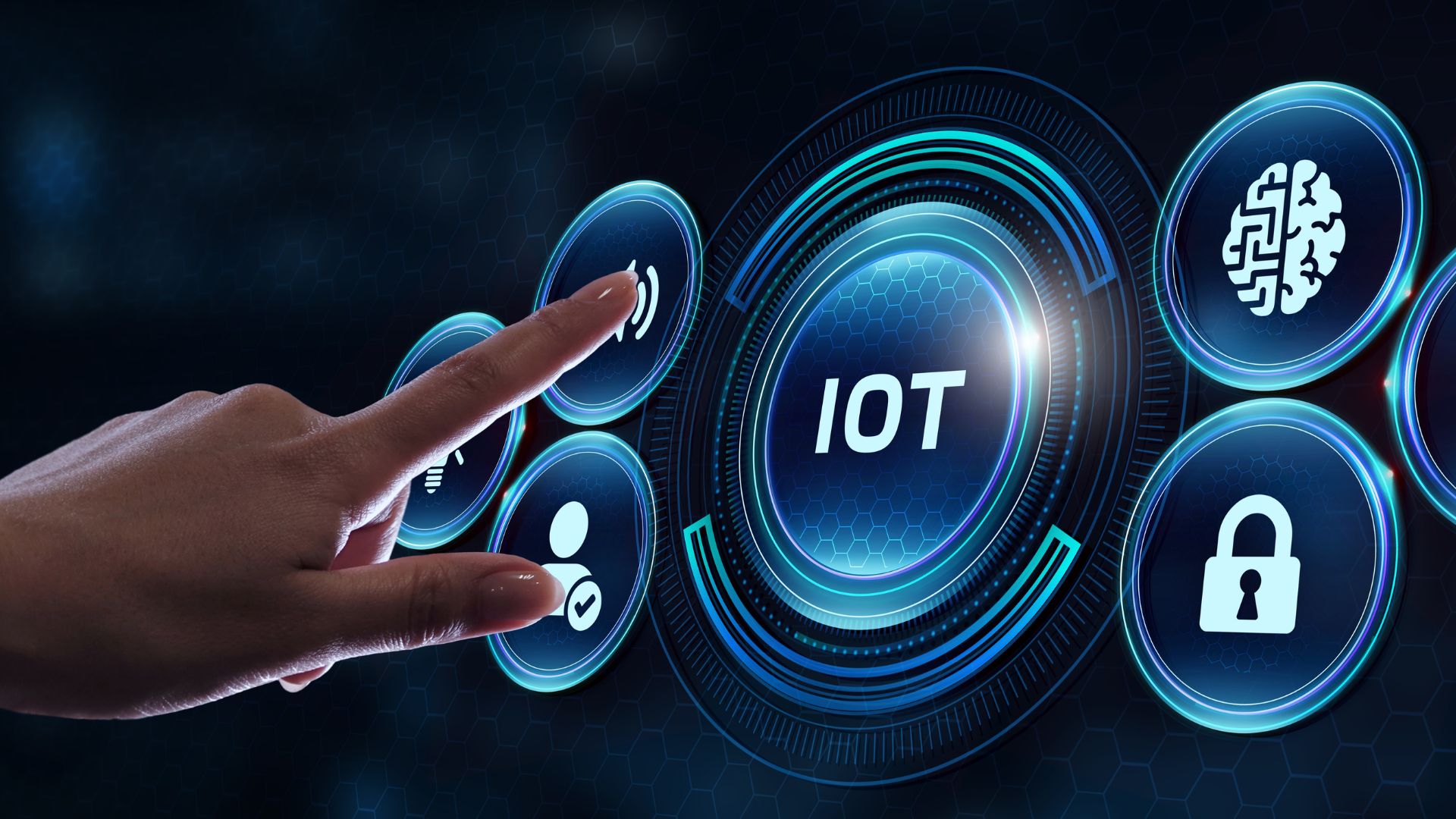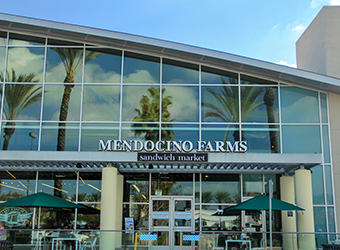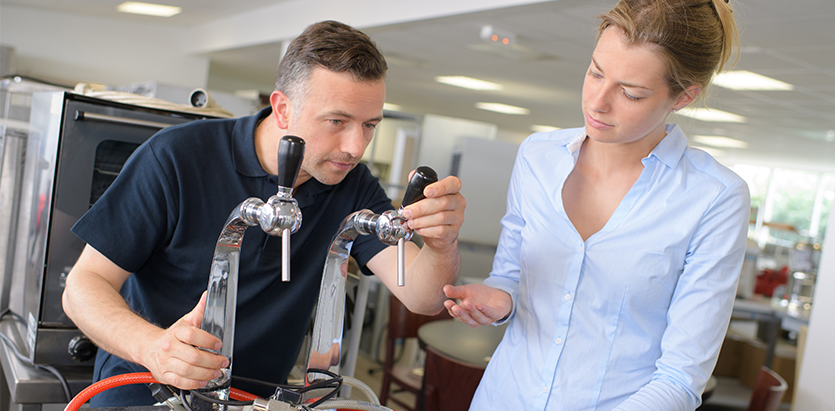The role of IoT (Internet of Things) sensors and devices is becoming increasingly crucial across various industries. These technologies enhance operational efficiency and pave the way for innovative approaches to data management and resource utilization.
Smart systems rely on IoT sensors and devices to collect and send data from the physical world to the digital world. These devices range from common sensors that monitor temperature, pressure, and motion to complex assemblies designed for specific industrial applications. Understanding these devices is key to leveraging their capabilities to enhance business processes.
At the heart of IoT technology is the ability for sensors to work with networked systems. This allows data to be collected and analyzed in real-time. These sensors capture various forms of environmental data, which are then processed to drive decision-making processes. The immediate availability of this data is what sets IoT sensors apart. It enables quick reactions to any changes in monitored conditions.
Applications in Industry
The industrial sector, in particular, benefits from the deployment of industrial IoT sensors, which are engineered to withstand harsh environments while maintaining accuracy and reliability. These sensors are crucial in applications ranging from predictive maintenance to energy management, significantly boosting productivity and minimizing downtime in manufacturing processes. By integrating IoT technologies, industries can achieve higher operational efficiency and better adapt to the challenges of modern business landscapes.
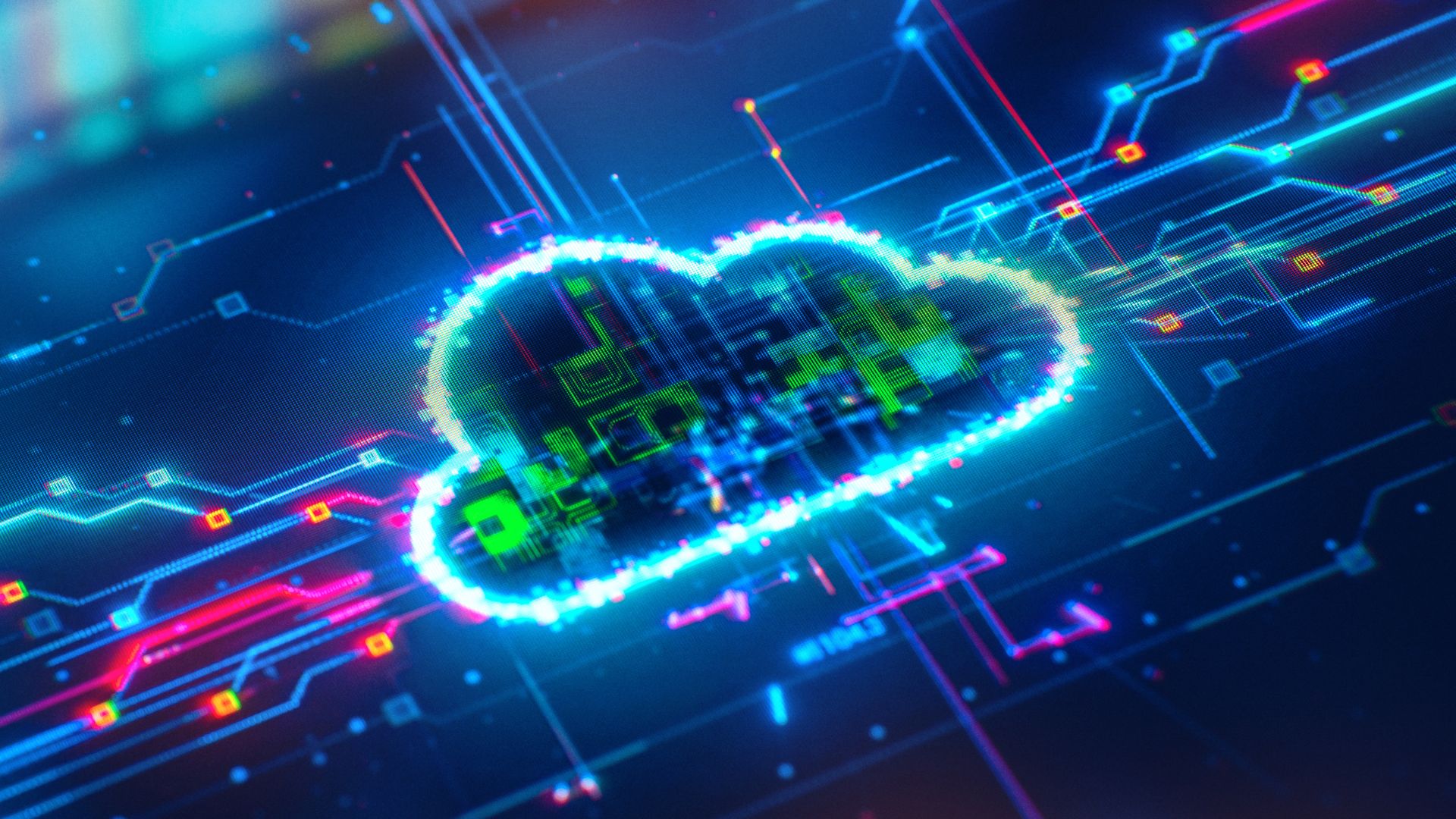
Advantages of Using IoT Sensors
IoT sensors significantly enhance operational efficiency by offering real-time monitoring and data collection. These are crucial for predictive maintenance and optimal resource management. These devices improve workflows by constantly tracking and analyzing operational data, allowing for the early identification of potential failures. This proactive approach not only minimizes downtime but also helps in resource conservation by optimizing usage and reducing waste.
Additionally, automating routine monitoring tasks increases productivity and operational speed. This enables businesses to swiftly adapt to changes with the immediate insights provided by IoT technologies.
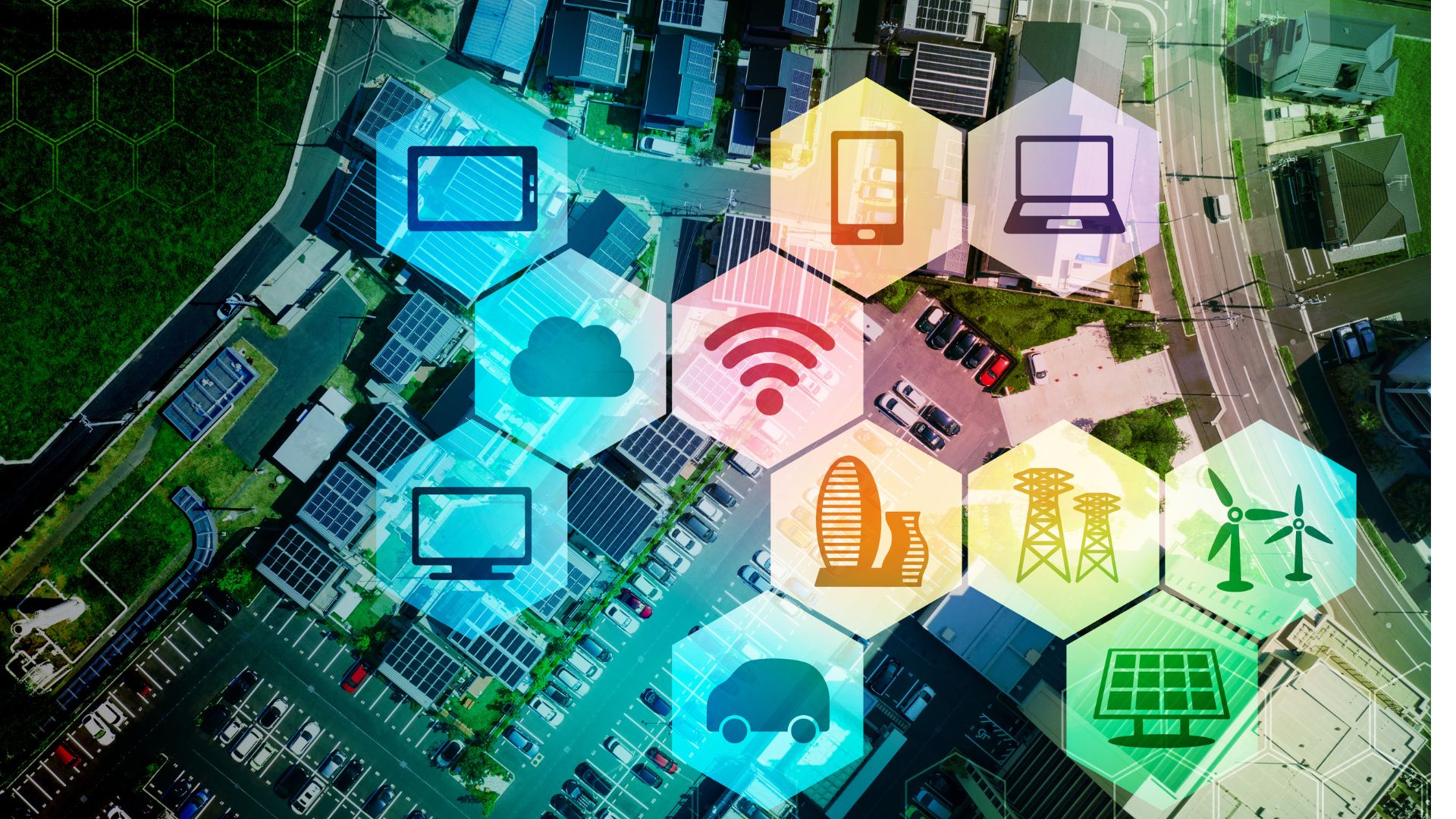
Challenges and Considerations
Despite their benefits, IoT sensors present challenges such as integration complications and continuous maintenance requirements. Integrating IoT technology into existing systems often requires significant technical resources and expertise.
Furthermore, the massive amounts of data acquired by IoT sensors present serious privacy concerns. This necessitates robust security measures to safeguard sensitive information. Ethical standards and regulatory compliance are equally important for preventing data misuse.
Moreover, reliance on IoT technology might pose hazards during system failures or cybersecurity breaches, underlining the importance of backup systems and strict security standards. Careful navigation of these issues is required for businesses to fully benefit from IoT technology.

Conclusion
As we embrace the digital age, IoT sensors and devices emerge as pivotal technologies reshaping the landscape of modern industries. Their ability to gather, analyze, and deploy data in real-time enhances decision-making and operational efficiency, proving indispensable in today's data-driven economy.
However, the success of these technologies hinges not only on their technical capabilities but also on addressing the challenges they present, including integration difficulties and data privacy concerns. By staying informed about current trends and future advancements, businesses can fully leverage the potential of IoT to drive innovation and sustainability.
